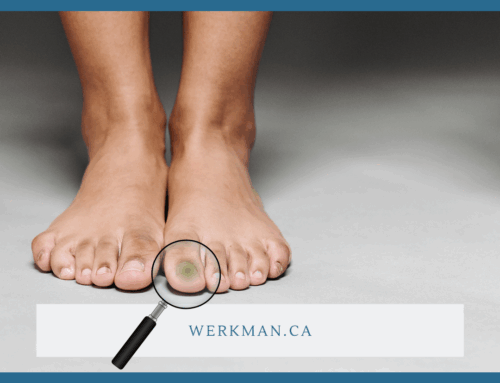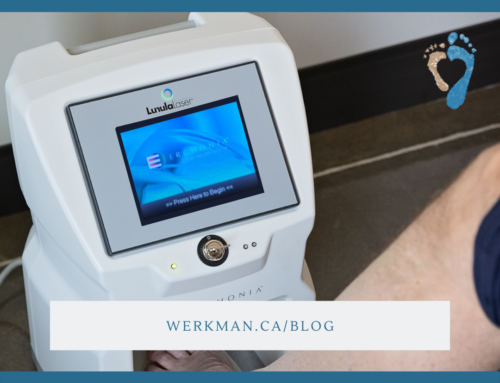Understanding Fungal Nails & the Treatment Options
Onychomycosis is a common condition where a fungal infection affects the toenails. This often results in thickened, discoloured, and brittle nails that can be unsightly and sometimes painful. The condition typically begins with a white or yellow spot under the tip of the nail and, if left untreated, can spread deeper into the nail, causing it to crumble or separate from the nail bed.
Various fungi, including dermatophytes, yeast, and molds, cause fungal nail infections. These fungi thrive in warm, moist environments, making communal areas like swimming pools, locker rooms, and showers common sources of infection. Risk factors include poor foot hygiene, wearing tight or non-breathable footwear, and having conditions like diabetes, which can compromise circulation and immune response.
Treatment Options
Treating fungal nails can be challenging, but several options are available depending on a few factors, including the severity of the infection:
At Werkman, Boven & Associates, we emphasize the importance of a tailored treatment approach for fungal nails. By combining the latest technologies, such as laser therapy, with traditional antifungal treatments, we aim to provide effective solutions while minimizing discomfort. Prevention is also a key focus, with recommendations to maintain proper foot hygiene, keep nails trimmed and clean, wear breathable footwear, and avoid walking barefoot in communal areas. These steps can significantly reduce the risk of infection and promote long-term nail health. If you have onychomycosis and for more information, schedule your assessment today!



